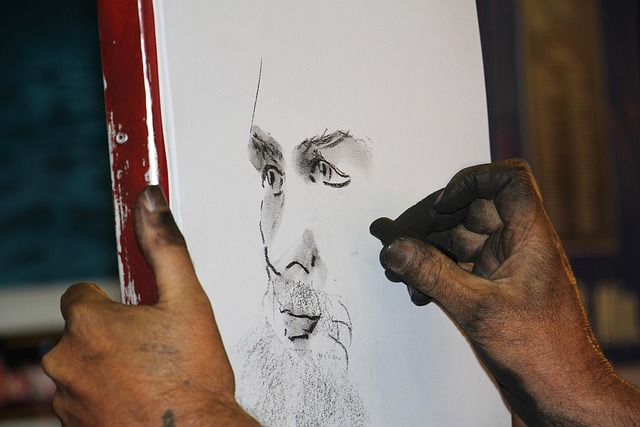6 Essential Tips for Learning How to Draw
Drawing is a timeless art form that allows individuals to express themselves creatively and visually communicate their thoughts and ideas. Whether you’re a complete beginner or looking to refine your skills, mastering the art of drawing requires dedication, patience, and practice. In this guide, we’ll explore six essential tips to help you embark on your journey towards becoming a proficient artist.
Start with the Basics
Every masterpiece begins with a single stroke, and the same principle applies to drawing. Before diving into complex subjects, take the time to master the basics. Familiarize yourself with fundamental drawing techniques such as line, shape, form, and perspective. Practice drawing simple objects like spheres, cubes, and cylinders to understand how light and shadow interact with different surfaces. Building a solid foundation will set you up for success as you progress to more challenging subjects.
Observe and Analyze
One of the most valuable skills a budding artist can possess is the ability to observe and analyze the world around them. Train your eye to see shapes, proportions, and details in everyday objects. Study the way light falls on surfaces, casting shadows and creating highlights. Take the time to sketch from life, whether it’s a still life arrangement or a scene from nature. Drawing from observation not only improves your technical skills but also enhances your ability to capture the essence of your subject.
Practice Regularly
Like any skill, drawing improves with practice. Set aside dedicated time each day or week to hone your craft. Whether it’s a quick sketch during your lunch break or a more extended drawing session in the evening, consistency is key to progress. Experiment with different drawing mediums such as pencils, pens, charcoal, and pastels to discover which ones suit your style best. Don’t be afraid to make mistakes—every stroke brings you one step closer to mastery. For example, if you’re interested in learning how to draw animals, consider trying out a how to draw a cat tutorial to practice your skills and explore different techniques for capturing feline grace and charm.
Seek Inspiration
Drawing is not just about technical skill; it’s also about creativity and imagination. Surround yourself with sources of inspiration that fuel your passion for art. Visit art galleries, museums, and exhibitions to expose yourself to a diverse range of artistic styles and techniques. Explore the work of master artists past and present, studying their compositions, use of color, and brushwork. Find inspiration in the world around you, whether it’s the beauty of nature, the hustle and bustle of city life, or the rich tapestry of human emotions.
Experiment and Explore
Don’t be afraid to step outside your comfort zone and experiment with new techniques and subjects. Challenge yourself to draw from unconventional perspectives or try your hand at different genres of art, from portraiture to still life to landscapes. Embrace the process of exploration and discovery, allowing yourself the freedom to make mistakes and learn from them. Keep a sketchbook handy to capture ideas and inspiration as they come to you, allowing your creativity to flow freely without inhibition.
Seek Feedback and Learn from Others
Drawing is a journey of continuous learning and growth, and seeking feedback from others can provide valuable insights into your progress. Share your work with friends, family, or fellow artists and ask for constructive criticism. Be open to receiving feedback and willing to learn from both successes and setbacks. Join drawing communities or online forums where you can connect with like-minded individuals, share your artwork, and learn from the experiences of others. Remember, every artist has their unique journey, so embrace the opportunity to learn from one another.
Conclusion
Learning how to draw is a rewarding and fulfilling pursuit that offers endless opportunities for self-expression and creativity. By following these six essential tips—starting with the basics, observing and analyzing, practicing regularly, seeking inspiration, experimenting and exploring, and seeking feedback—you’ll be well on your way to mastering the art of drawing. So pick up your pencil, unleash your imagination, and let your creativity soar on the pages of your sketchpad. Happy drawing!

